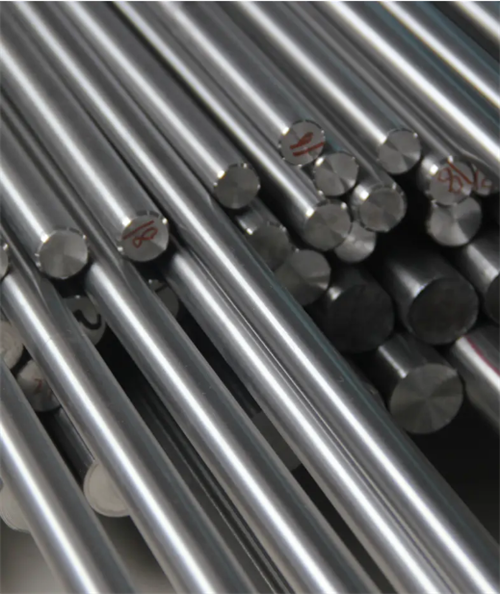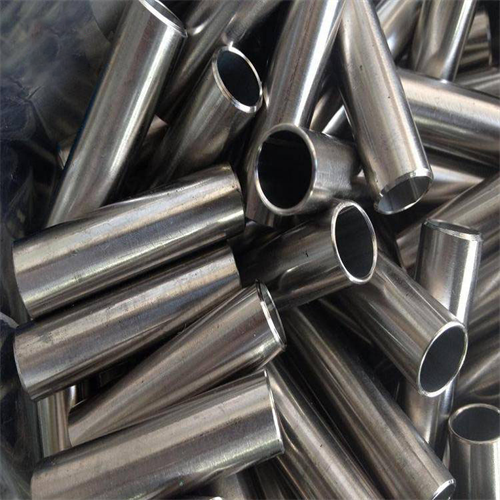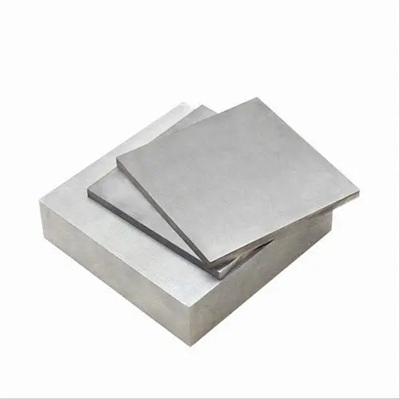Niobium Alloy

Niobium alloys are combinations of niobium with other metals or elements, designed to enhance specific properties for diverse applications. Niobium, prized for its high melting point and exceptional resistance to corrosion, serves as a fundamental component in various industries.
Some prevalent niobium alloys include:
Niobium-Titanium (Nb-Ti) Alloys: These alloys amalgamate niobium and titanium, delivering superconducting capabilities at low temperatures. They are commonly employed in superconducting magnets.
Niobium-Sin (Nb-Sn) Alloys: Utilized in high-field magnets for medical MRI machines and particle accelerators, Nb-Sn alloys offer superconducting properties.
Niobium-Hafnium (Nb-Hf) Alloys: These alloys exhibit robustness at high temperatures and resistance to creep, making them suitable for applications in environments like jet engines and gas turbines.
Niobium-Zirconium (Nb-Zr) Alloys: Known for maintaining superconducting properties at elevated temperatures compared to Nb-Ti, these alloys find use in superconducting wires and magnets.
Some prevalent niobium alloys include:
Niobium-Titanium (Nb-Ti) Alloys: These alloys amalgamate niobium and titanium, delivering superconducting capabilities at low temperatures. They are commonly employed in superconducting magnets.
Niobium-Sin (Nb-Sn) Alloys: Utilized in high-field magnets for medical MRI machines and particle accelerators, Nb-Sn alloys offer superconducting properties.
Niobium-Hafnium (Nb-Hf) Alloys: These alloys exhibit robustness at high temperatures and resistance to creep, making them suitable for applications in environments like jet engines and gas turbines.
Niobium-Zirconium (Nb-Zr) Alloys: Known for maintaining superconducting properties at elevated temperatures compared to Nb-Ti, these alloys find use in superconducting wires and magnets.
4









